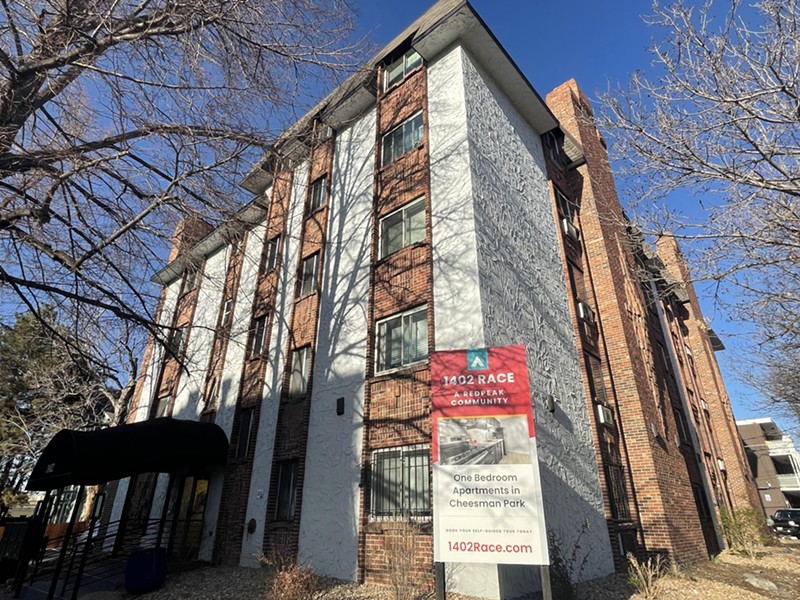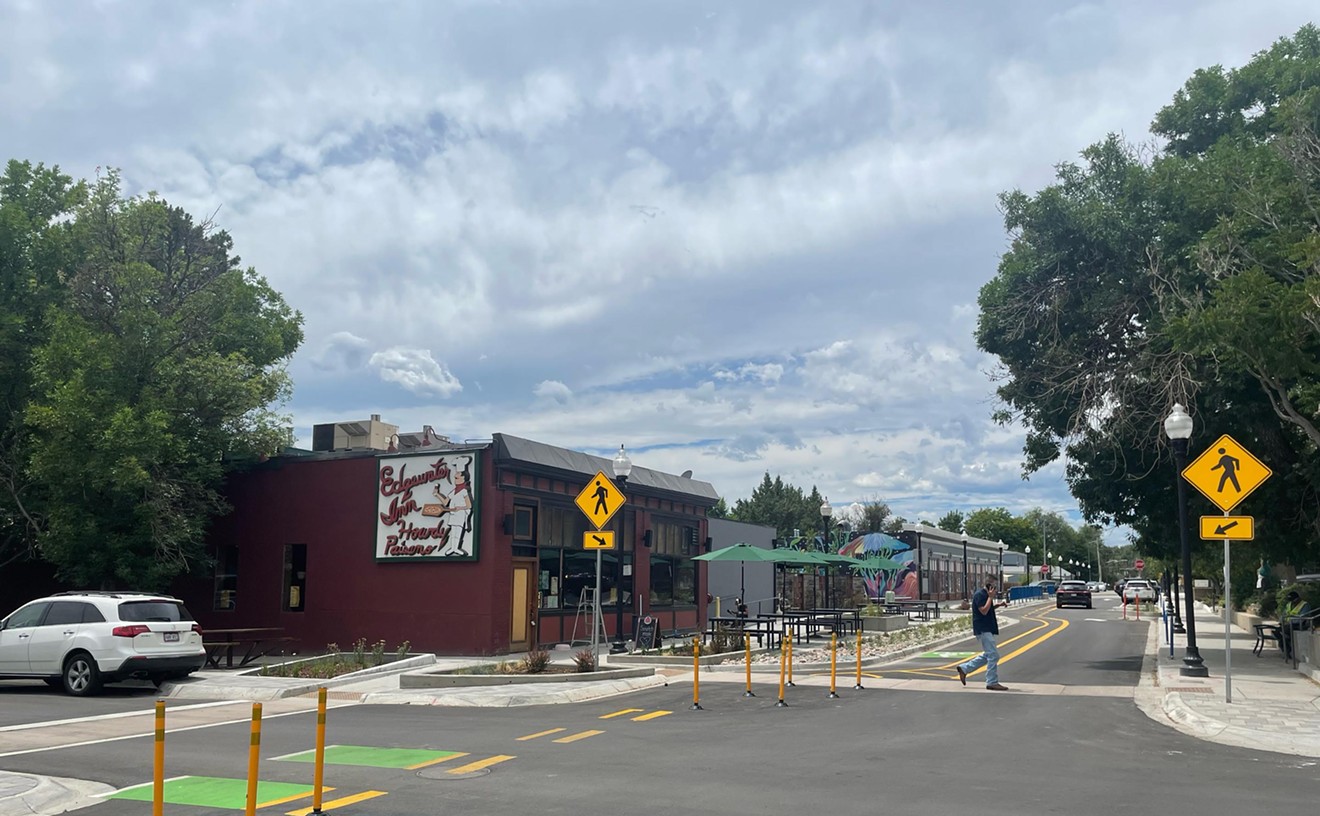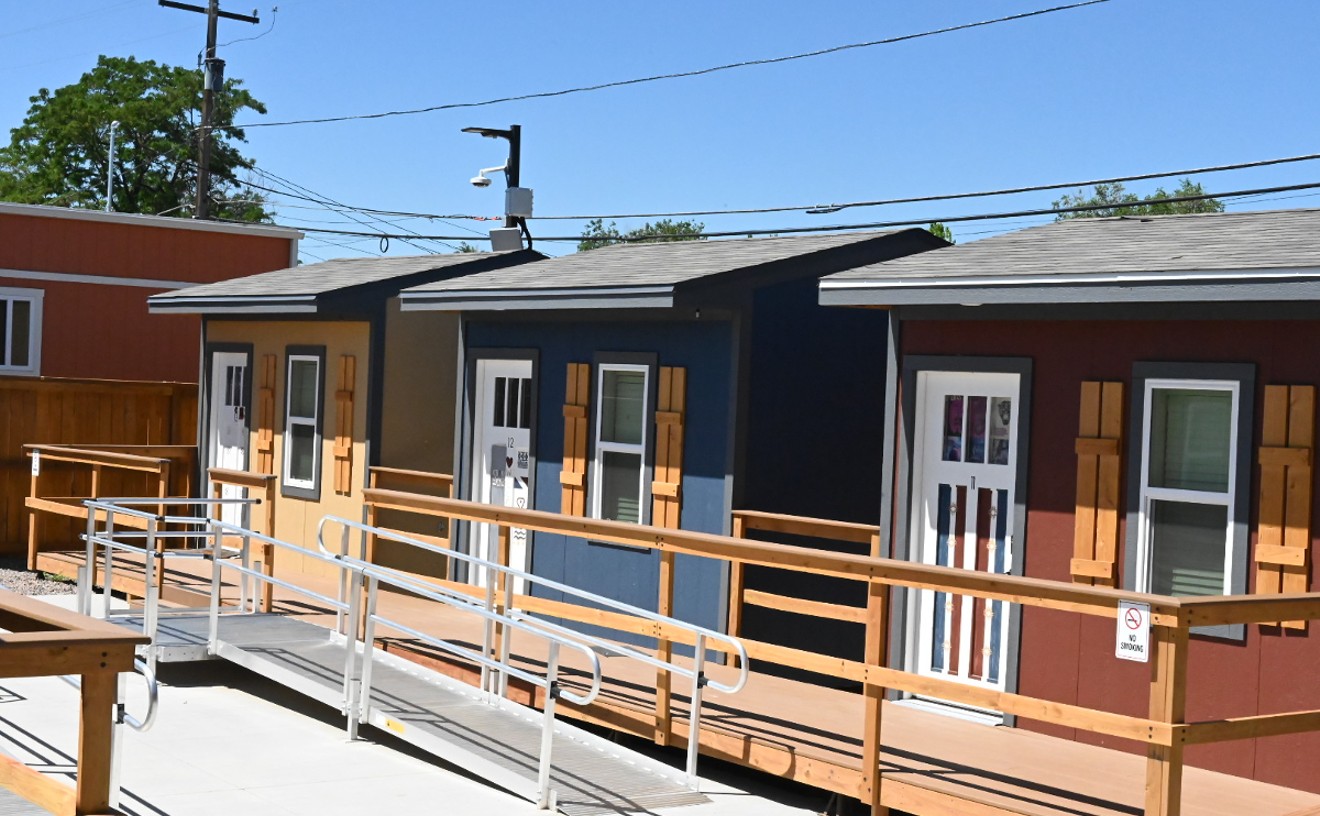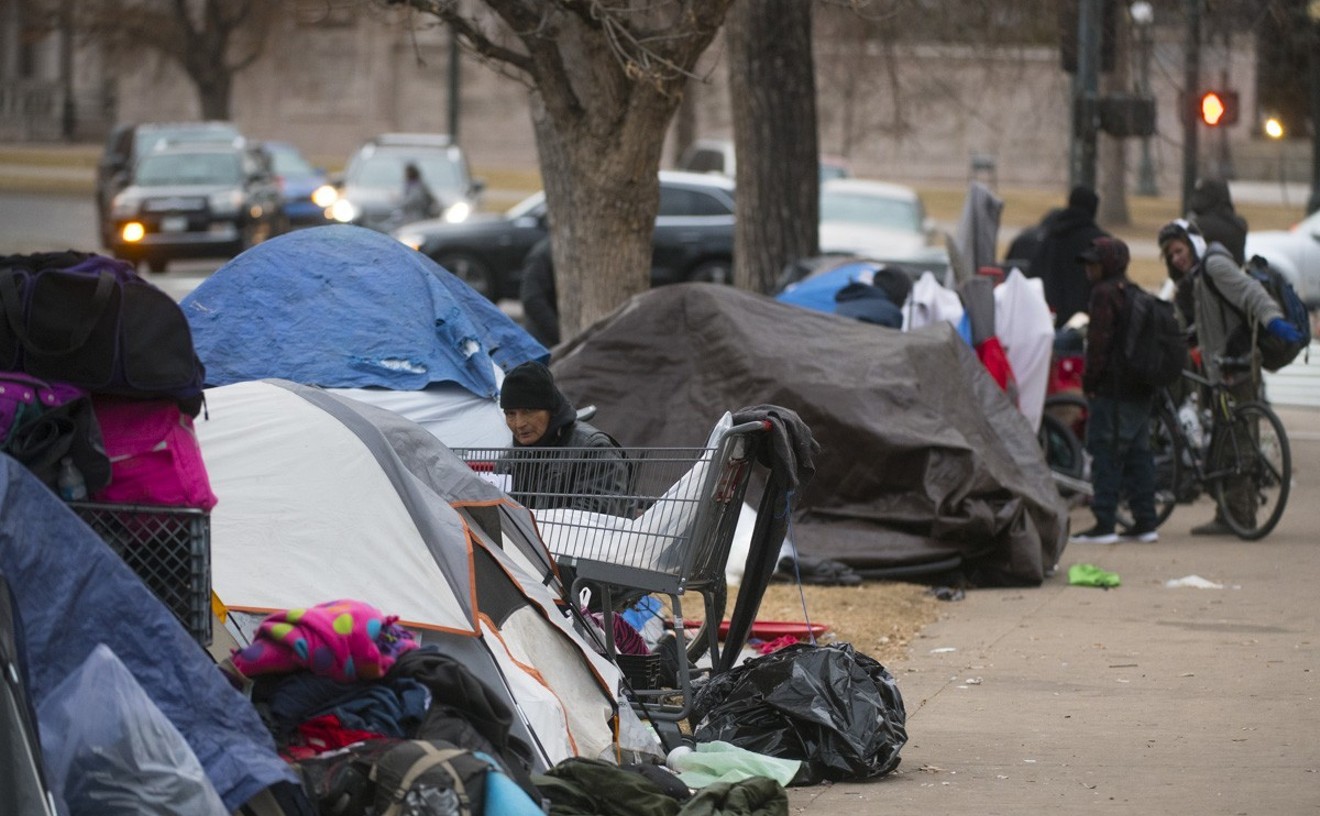According to the Apartment Association of Metro Denver’s (AAMD) Vacancy and Rent Report for the first quarter of 2024, rental prices and vacancy rates are nearly flat across metro Denver compared to the end of 2023, with just 1.6 percent growth in average rent in the last 12 months.
Currently, the average rent across all apartments in metro Denver is $1,875, almost $30 more than the $1,846 one year ago. The median rent is $1,789, just $24 more than it was twelve months ago. The Denver area's apartment vacancy rate has remained at 5.8 percent in the last six months after sitting 5.6 percent twelve months ago.
Two years ago, the vacancy rate was just 4.7 percent, indicating that the rental market is leveling out, according to longtime apartment appraiser Cary Bruteig.
“That increase in vacancy is why rent growth is slowing down,” Bruteig, who works with AAMD on its quarterly rent reports, said in a media briefing. “If you have higher vacancy, you just don't have the same pricing power to move rents up.”
Experts with AAMD say 6 percent is generally the highest vacancy rates can be without causing prices to drop. In Denver proper, there is a 5.9 percent vacancy rate, and the average rent is $1,915.
Denver’s home-buying market is also leveling out after three years of what the industry has described as “unicorn years” because they were so abnormal, notes Nancy Levine, a Denver real estate expert with LIV Sotheby’s. Now, housing stock has returned to pre-pandemic levels, with 6,990 active listings at the end of April compared to 6,855 at the end of April 2020, according to data from the Denver Metro Association of Realtors.
In 2021 there were just 2,594 active listings at the end of April, but that number grew to 4,620 in 2023, so the market has been slowly returning to normal stock. However, data shows housing prices are still much higher than in 2020, when the median closing price was $435,000. So far this year, the median closing price in Denver is $587,500, which is almost 4 percent higher than 2023’s median sale price through April of $565,000.
Levine says it’s a bit of a mystery why supply and demand aren’t working in the Denver real estate market right now, but
cream-puff houses, which generally come with updated kitchens and bathrooms and little move-in work, could play a role.
“I think it's because the houses that are kind of perfect — what we refer to as ‘cream puffs' — still have a lot of people wanting to buy them, so the prices are still staying strong on great houses, and that's pushing up the median house price,” she suggests.
Denver Rental Market
Inventory is finally returning to a state of abundance in the Denver housing market, and the same can be said for rentals. According to the AAMD, 5,144 new apartments came online in the first quarter of 2024, with almost 15,000 units added in the last year. Over the last year, 13,000 over those units have been absorbed, or leased out to renters and tenants. In the first quarter of 2024, 5,034 units were absorbed in metro Denver so very few of the new units are likely unoccupied.
“A lot of new products hit the market and they were very successful in marketing,” Bruteig said in the briefing. “It was just a really good quarter.”
Hotels that the City of Denver has converted into homeless shelters were also counted in AAMD’s new unit totals for the first quarter of 2024, though it didn’t separate those into their own category. The number of units eligible for the federal government’s Low-Income Housing Tax Credit — which allocates money for acquisition, rehabilitation or new construction of rental housing aimed at low-income households — has increased from around 7 to 8 percent in 2005 to over 10 percent in 2024, Bruteig shared.
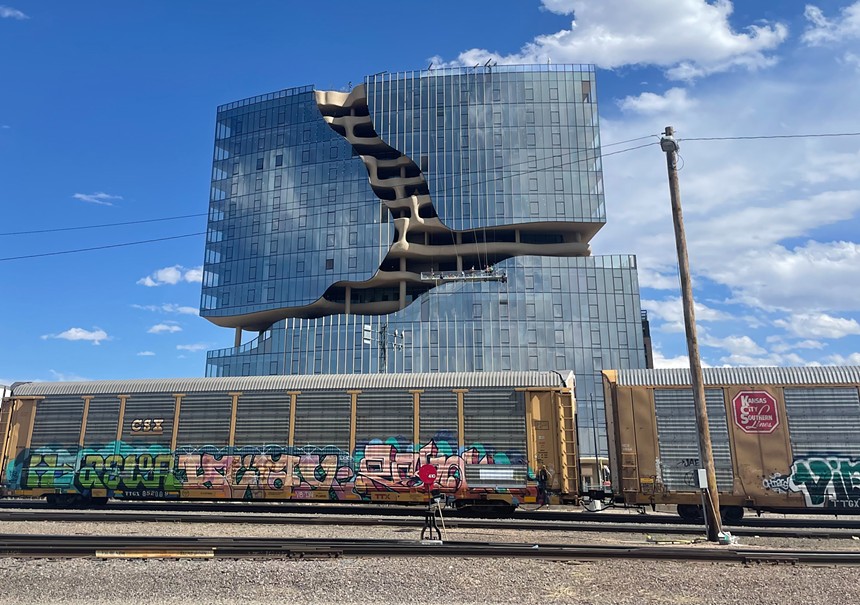
One River North is about a month away from its grand opening at 3930 Blake Street, so it won't be counted until the next rent and vacancy report.
Catie Cheshire
AAMD has been compiling rental trends reports for 44 years. The most recent iteration uncovered a 5.7 percent increase in average rental prices over eighteen months, but over the most recent year-and-a-half-stretch, Denver’s increase in rent prices was only 2.27 percent.
Bruteig pointed out that their study does not adjust for inflation, so rental prices are actually even lower than they seem since they are remaining steady while the price of almost everything goes up.
But he cautioned that the high vacancy rate could mean fewer new buildings are constructed, especially because high vacancy rates can cause rent to decrease and create a smaller return on investment for developers.
“With falling rents and high vacancy, construction will certainly slow down until that condition changes, until rents are high enough for it to be feasible to build apartments once again,” Bruteig added.
According to the AAMD report, there are 42,989 apartment units being built right now, compared to the 45,800 being built a year ago. Planned units that haven’t reached the construction stage have also decreased from 76,800 a year ago to 65,700 now.
Interest Rates Impacting Housing Market
When interest rates were low a few years ago, developers rushed to build apartments because that provided a way for them to get the most out of their investment, Bruteig said. Now that interest rates are higher and rents aren’t growing, projects are less feasible. However, he noted that the more than 4,000 units that broke ground in the first quarter of 2024 could prove his theory wrong. Mortgage interest rates have also impacted the real estate market for homebuyers, Levine says. She observed some potential movers holding out for lower interest rates before selling their homes, but now that it seems interest rates won’t be going down soon, people are biting the bullet.
“It’s the first opportunity there’s been for buyers to have a pretty good shot at homes in the last few years,” Levine says. “It's still a seller's market, but it's the best opportunity there's been for buyers in a long time.”
When she’s working with clients looking to sell, she now tells them to make certain upgrades — whereas two years ago, she knew homes would sell, even with needed improvements, because of the lack of inventory.
Most of the housing stock is existing homes rather than new buildings. New buildings, especially in Denver proper, are largely in the $2 million-plus range, Levine says.
According to industry trends, summer months typically have the highest rents, so AAMD’s next report, covering the year’s second quarter, could show more significant increases. Home sales also tend to favor sellers in spring and summer, according to Levine.
“April, May and June are the key months for the most competition and the sellers to get the best prices,” she says. “But this year, because of the huge increase in inventory, it's a little less so.”
From March 2024 to April 2024 alone, the number of new listings jumped by over 21 percent, but those looking to buy in Denver still need nearly $600,000 to afford the median home.

